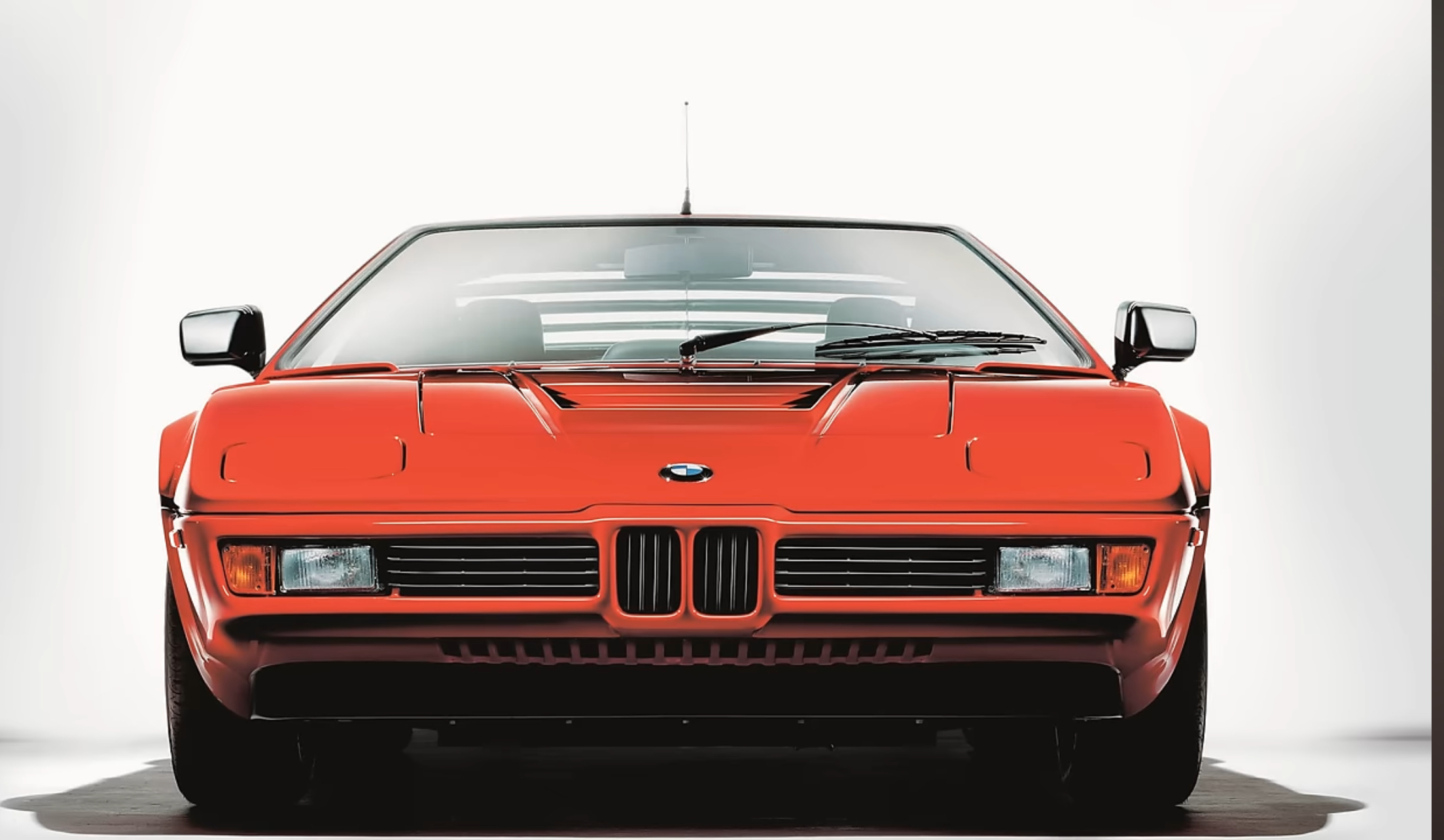BMW has been making vehicles for over a century. Through shifting directions, economic downturns, and technological advancements, the brand has solidified itself as the premier maker of sporty luxury cars. There have been bumps in the road, but BMW’s relentless pursuit of excellence has ensured its dominance in the automotive world.
From its humble beginnings producing aircraft engines during World War I to becoming a global luxury car leader, BMW’s journey is one of resilience and reinvention. It wasn’t always smooth sailing—bankruptcies, production bans, and corporate missteps threatened to derail the company at various points. But each challenge only fueled BMW’s determination to create some of the world’s most beloved automobiles.
The Early Years: From Aircraft to Automobiles
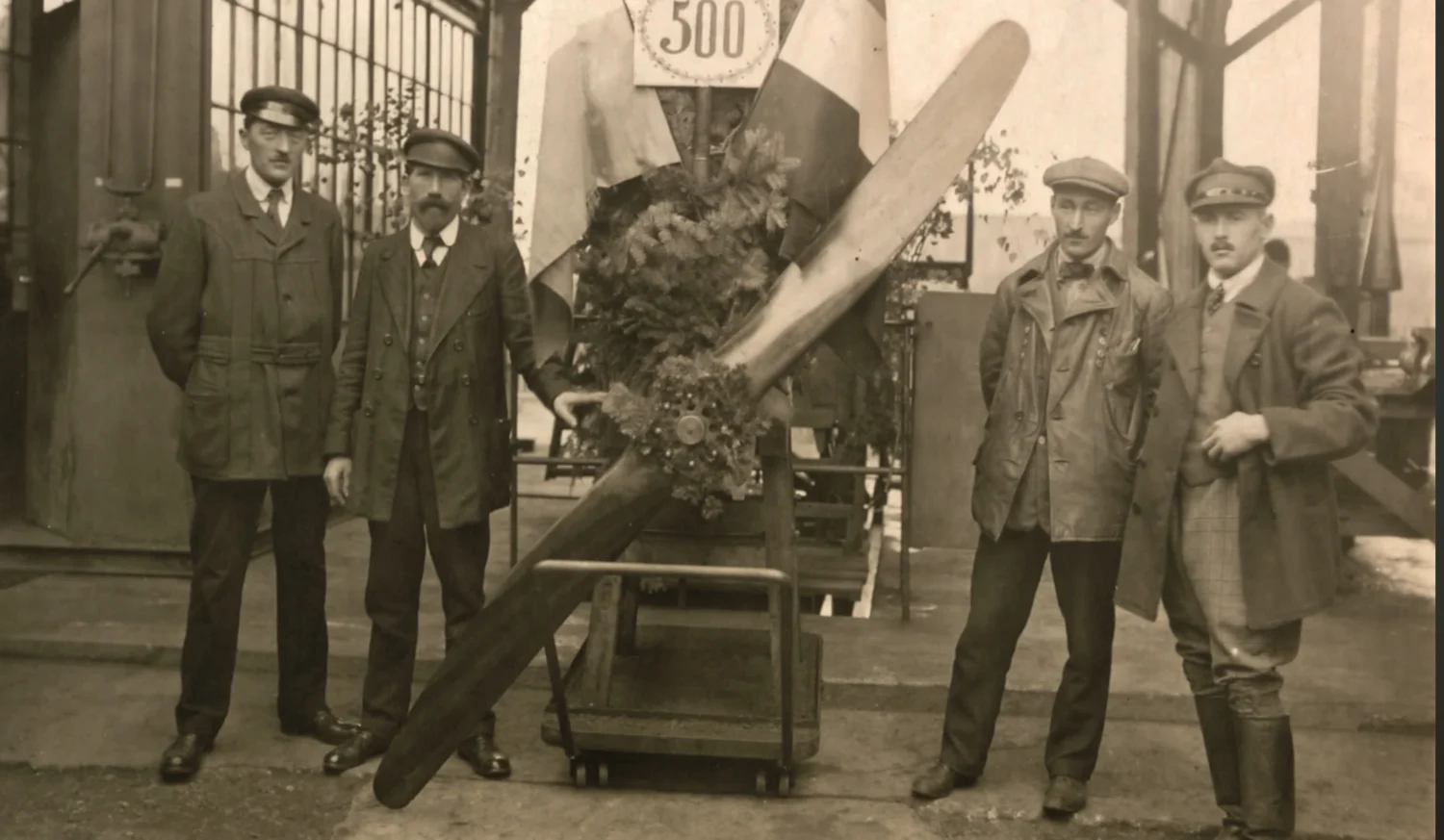
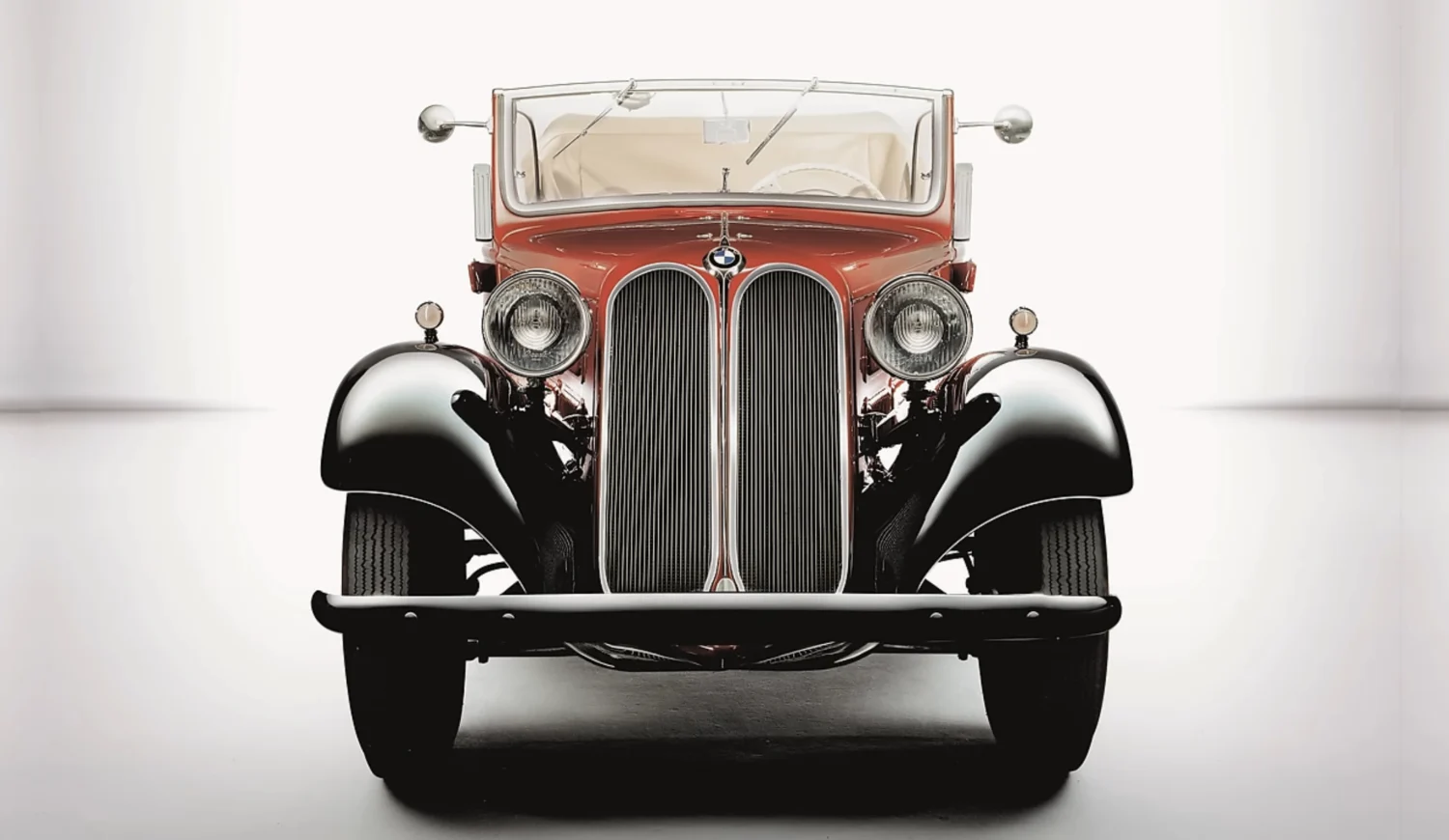
The first product to bear the BMW name was the BMW IIIa aircraft engine, built during World War I. However, after the war, Germany was banned from manufacturing aircraft, forcing BMW to pivot. The company shifted to motorcycle engines, launching its first motorcycle, the R32, in 1923. With finances improving, BMW entered the automobile industry by acquiring a company that built British Austins under license. This led to the BMW 3/15, effectively a rebranded Austin 7, marking BMW’s entry into the world of cars.
By 1932, BMW released its first original automobile, the 3/20. A year later, the BMW 303 debuted with the company’s first six-cylinder engine and the now-iconic kidney grille. However, early BMWs weren’t perfect—the original 3 series was underpowered, and its handling left much to be desired. But the introduction of the BMW 326 saloon and its roadster sibling, the 328, signaled a new direction. The 328’s racing success, including more than 100 class wins, helped establish BMW’s reputation for performance vehicles.
War, Recovery, and Reinvention
Like many German manufacturers, BMW’s trajectory was deeply affected by World War II. The company was heavily involved in producing aircraft engines for the war effort, using forced labor from the nearby Dachau concentration camp. When the war ended, BMW’s factories were bombed, and its car production facilities fell into Soviet-controlled East Germany. While the Soviets continued building BMW-derived cars under the EMW brand, BMW itself was left making pots and pans to survive.
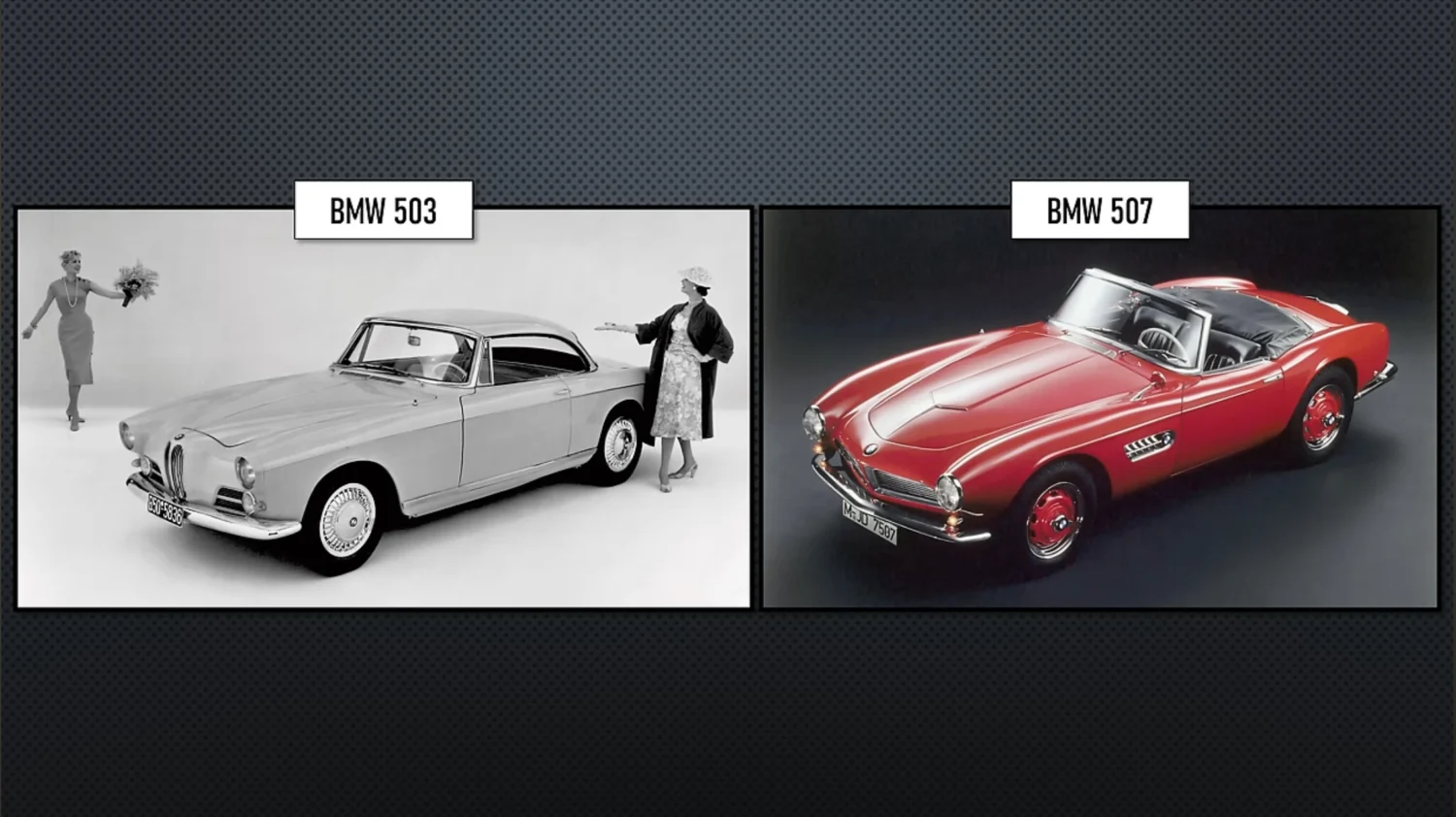
By 1949, BMW returned to motorcycle production, but its real goal was to re-enter the automobile industry. The company experimented with licensing Simca or Ford vehicles but ultimately decided to create its own luxury car. The BMW 501, launched in 1951, was elegant but expensive and plagued by production issues. The financial strain forced BMW to license the Isetta bubble car from Italy’s Iso, helping the company stay afloat until a new breakthrough emerged.
The Turning Point: The New Class
BMW was on the brink of bankruptcy by the late 1950s, with Daimler-Benz considering an acquisition. But the company’s salvation came in the form of the BMW 700, a small and stylish car that attracted 25,000 orders at its launch. However, it was the Neue Klasse (New Class) sedan of 1961 that truly transformed BMW’s fortunes. With its elegant design by Wilhelm Hofmeister (introducing the famous “Hofmeister kink” in the rear window) and lively performance, the Neue Klasse set the foundation for BMW’s future success.
BMW followed up with the 02 series in 1966, a compact sports sedan that solidified BMW’s identity as the “ultimate driving machine.” The 2002 Turbo, one of the first production turbocharged cars, cemented the brand’s performance pedigree.

Growth, Innovation, and Global Expansion
The 1970s and 1980s saw BMW rise to challenge Mercedes-Benz in the luxury segment. The introduction of the 3 Series (1975), 5 Series (1972), and 7 Series (1977) created a clear product hierarchy. Performance-oriented models like the M5 and M3 brought motorsport pedigree to the streets, while BMW’s partnership with McLaren resulted in the V12-powered McLaren F1, one of the greatest supercars of all time.
BMW’s expansion wasn’t without missteps. The company acquired British automaker Rover in the 1990s, hoping to enter the mass-market segment. However, Rover’s financial troubles drained BMW’s resources, leading to a hasty retreat. Still, BMW managed to keep the MINI brand, successfully reinventing it into a stylish, premium small car.
SUVs, Electrification, and the Future
BMW adapted to shifting market trends with the launch of its first SUV, the X5, in 1999. Though purists balked at the idea of an off-road-capable BMW, the X5 proved immensely popular, paving the way for a full lineup of “Sports Activity Vehicles.”
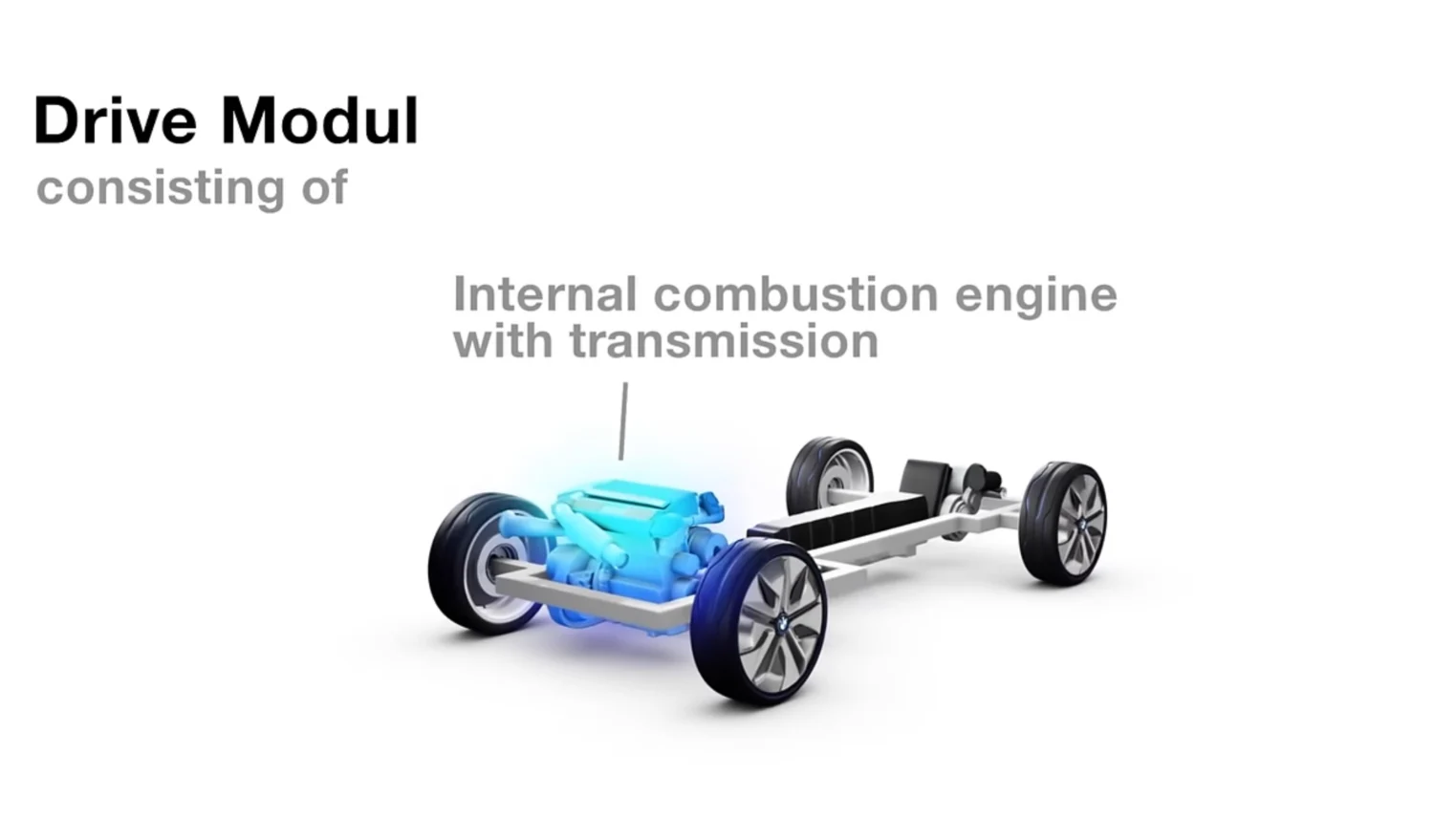
As the automotive industry moved toward electrification, BMW entered the fray with the i3 and i8. The i3, with its carbon-fiber structure, was a bold experiment, while the i8 hybrid supercar showcased BMW’s commitment to blending performance with sustainability. However, the market for electric vehicles grew faster than BMW’s efforts, forcing the company to accelerate its EV strategy with the i4, iX, and fully electric versions of its core models.
The Legacy of BMW
BMW has come a long way from its wartime origins and post-war struggles. It has successfully positioned itself as a premier luxury automaker, blending performance with innovation. From the iconic 3 Series to high-performance M models and cutting-edge electric vehicles, BMW continues to evolve while maintaining its core identity.
Despite controversies—oversized grilles, polarizing designs, and the occasional lackluster model—BMW remains one of the most sought-after car brands in the world. Its ability to adapt, innovate, and push the boundaries of automotive engineering ensures that it will continue to shape the future of driving for years to come.
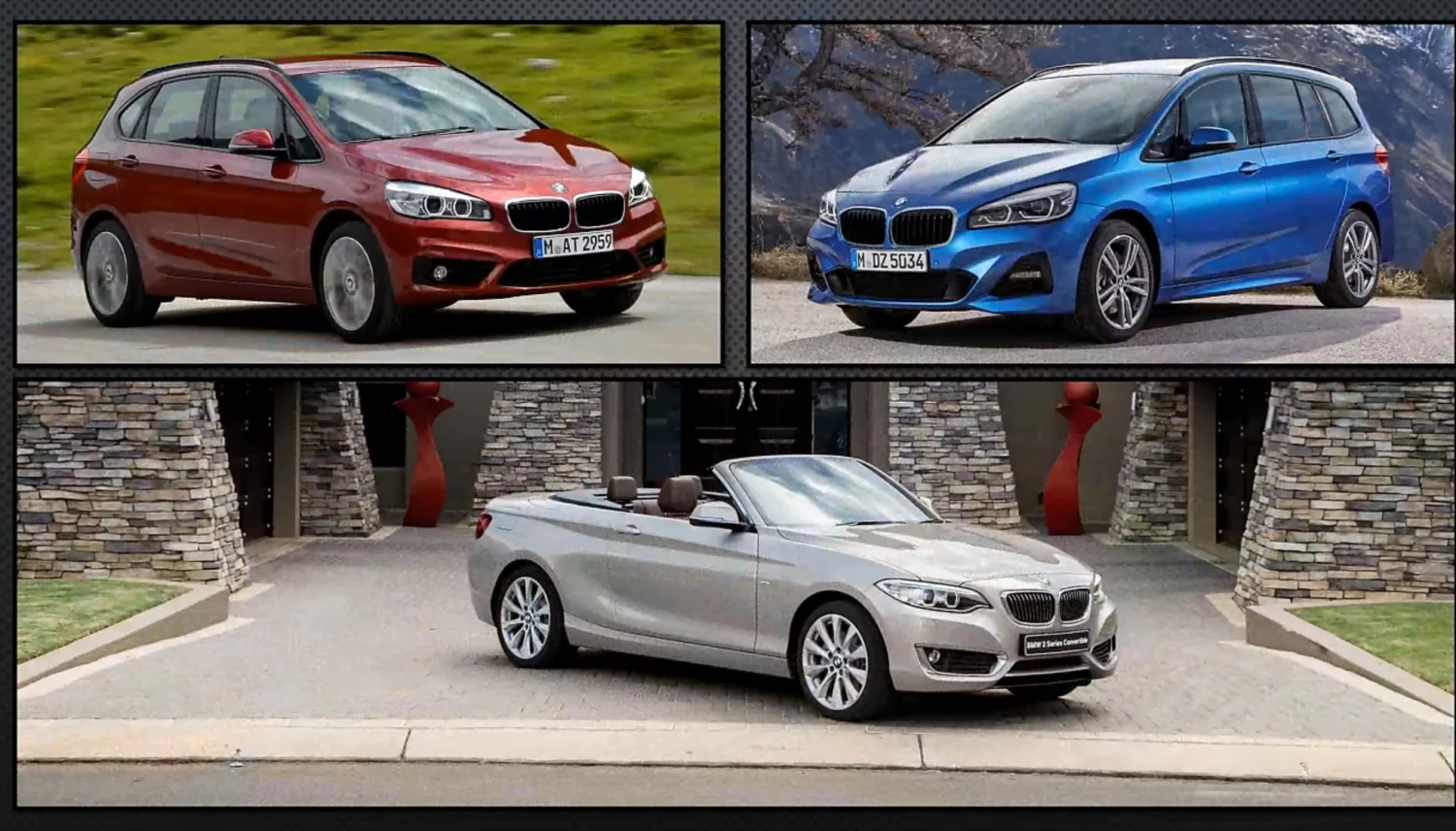
About Big Car
Big Car explores the rich history of iconic vehicles in engaging and informative videos. If you’re a car enthusiast fascinated by automotive evolution, Big Car is the channel for you.
Follow Big Car for more in-depth automotive stories:
- YouTube: youtube.com/@BigCar2
- BlueSky: bsky.app/bigcar2
For fans of automotive design, check out Steve Saxty’s BMW design books for exclusive insights into the brand’s styling history: SteveSaxty.com.
